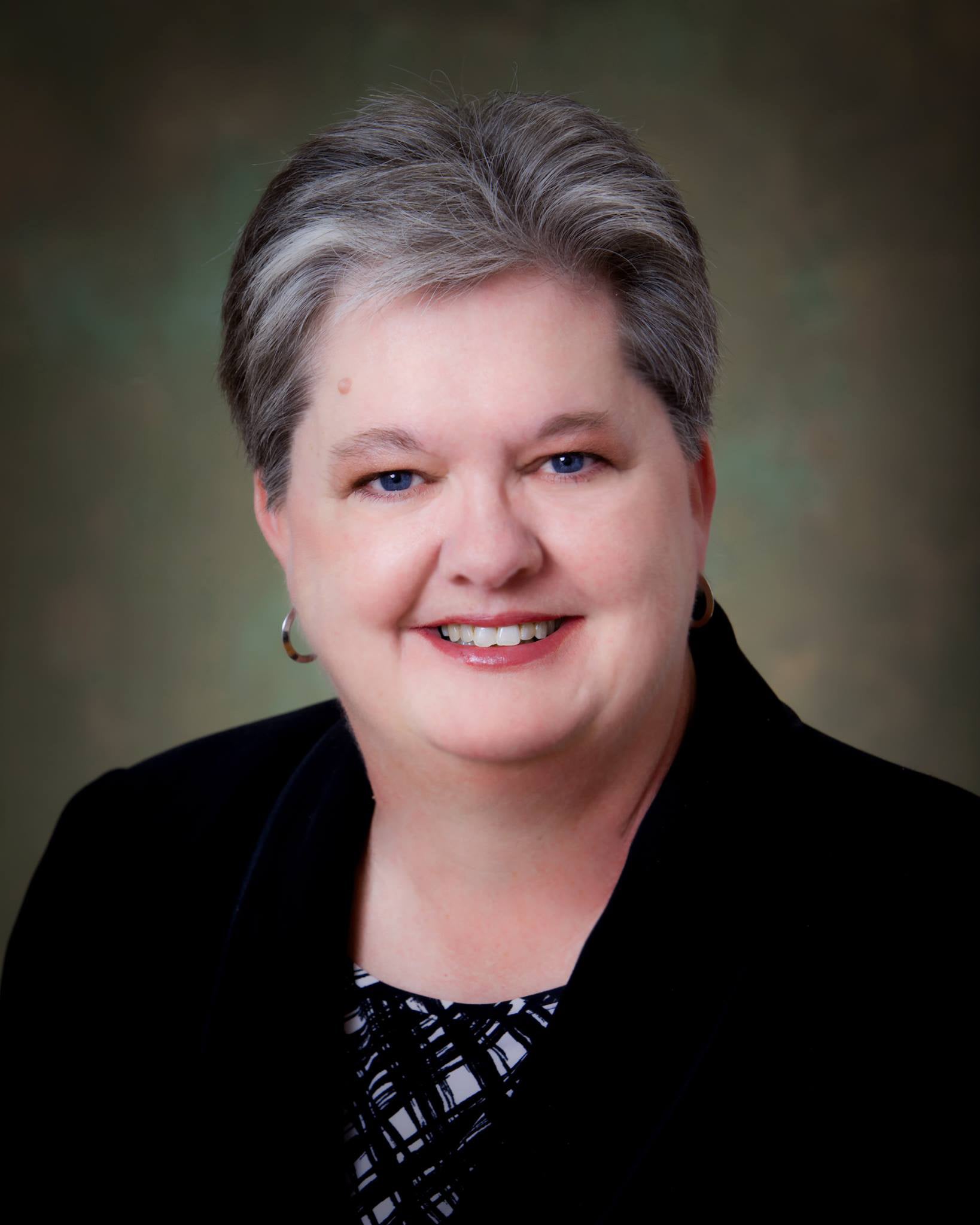Dianne Smith looks back at Pike County history
Published 4:02 pm Tuesday, July 25, 2023
|
Getting your Trinity Audio player ready...
|
Mable Sanders Amos was the Recording Secretary from 1937 until 1965 for seven governors and also served as Secretary of State for Alabama from 1967 until 1975. In 1971, she was invited to speak at the Pike County Historical Society to commemorate the 150th birthday of Pike County.

Dianne Smith
‘It’s easy to see why Pike County has prospered, it’s citizens worship God,” were the words of Mable Sanders Amos, guest speaker for the Pike County Historical Society.
Dr. C. B. Smith, Vice President of the Historical Society and Program Chairman introduced the guest speaker. The meeting was in commemoration of Pike County’s 150th birthday.
Mrs. Amos, the present Secretary of State, is a descendent of one of Pie County’s early settler families, and according to her “Pike County will always be my home.”
Mrs. Amos talked to the members and guests about the legislative acts that have had effect on Pike County and took them on a verbal tour of the county.
The tour began with Highway 231, coming South from Montgomery.
First stop was Orion. Some of the antebellum homes are still standing and until 1860 Orion was a center of culture. “In 1848,” she pointed out, “Orion was chosen as a site for one of Pike County’s earliest schools.”
Next stop on the tour was Troy. The county seat was moved to Troy from Monticello. The original court house was built where the square now stands. “Troy was earlier picked to be named Zebulon after Zebulon Montgomery Pike, but nobody in the council could make a Z,” informed Mrs. Amos, “then one of the council members picked the present name of Troy, and since it was easy to spell and pronounce the name was adopted.”
In 1880, the population had increased to 3,000 and a new brick court house was built on the square. It stood until 1953, when the present court house was built, one block away from the square.
Next stop on the tour is Brundidge. Some of the oldest churches are found in Brundidge and Salem Baptist Church is the oldest church in Pike County.
The tour then moved to Monticello, the former county seat. Mrs. Amos told the audience how the settlers and volunteers fought the Battle of Monticello and Hobdy’s Bridge. This was the last battle between whites and Indians in Pike County.
The first road was built in the early 1800’s, and was called the Three Notch Trail. It ran from Pensacola to Monticello, and in 1840 the first planned road was built, financed by state funds.
By the mid 1800’s, Pike County’s road system served as a model for Conecuh County.
In 1943, the Farm to Market Road Act helped to improve many of the roads in the county and to date there are over 800 miles of roads in Pike County.
Mrs. Amos told the group of the early farming economy, and the first farm, stated in 1810, raised corn, sweet potatoes, and garden crops. Later the economy centered around cotton.
The educational economy was not to be overlooked. In 1887, Troy Normal School was formed, offering the area students a chance for higher education. It was changed to Troy State Teachers College in 1927, and then to Troy State University in 1967.
Motor transportation was made available for grade students in 1919, and this insured a 9-month school term for the county.
Mrs. Amos enlightened the group as to the outstanding citizens that have been produced by Pike County.
Keeping in with the historical significance, Curren Farmer announced to the group that the museum committee has approved the purchase of an additional 13 acres of land adjoining the present ten acres already purchased. The log house will be moved to the site and a contract for one of the 5,000 square feet buildings will be let next week. The museum will be opened with a celebration and barbeque in November.
All of these articles can be found in previous editions of The Troy Messenger. Stay tuned for more. Dianne Smith is the President of the Pike County Historical, Genealogical and Preservation Society.




